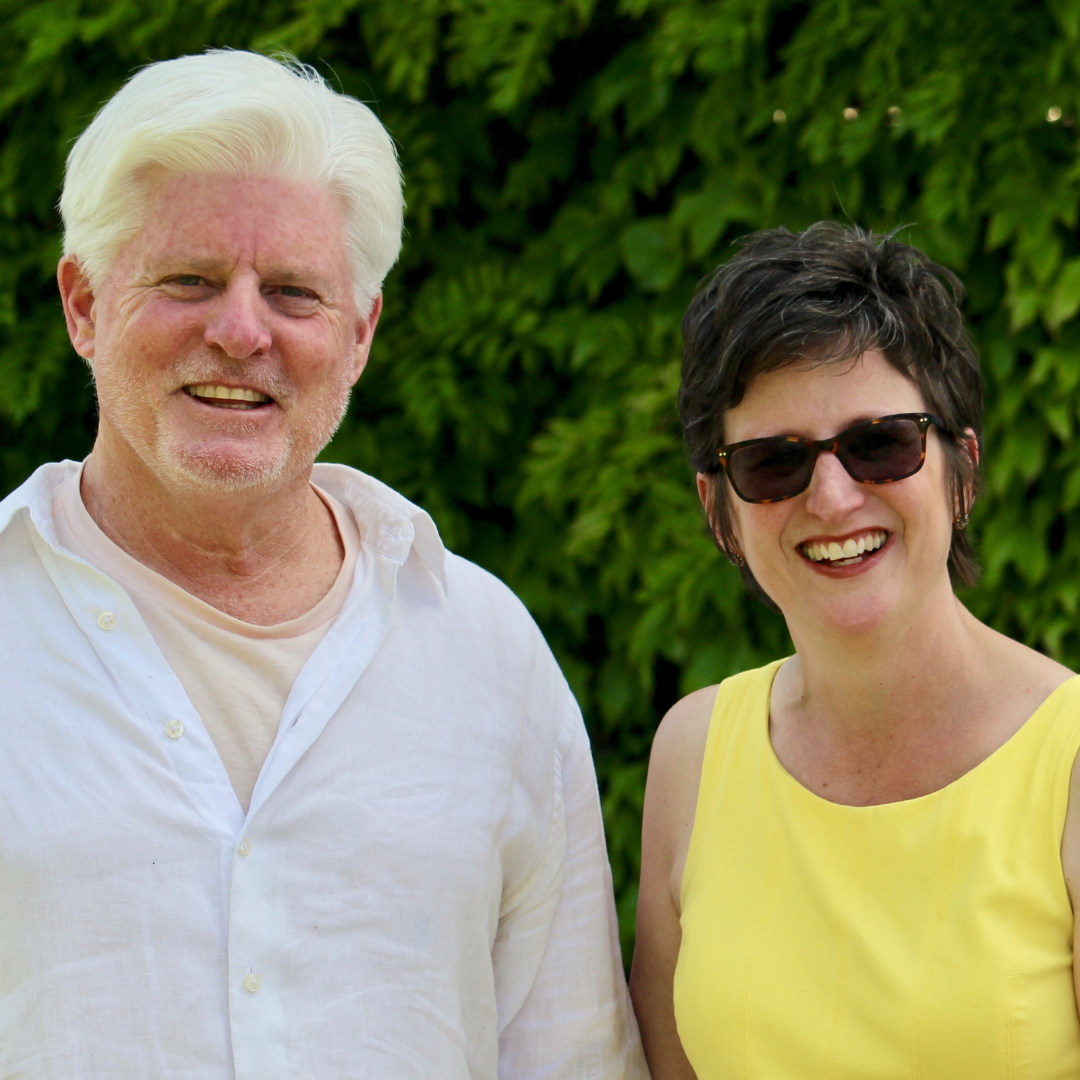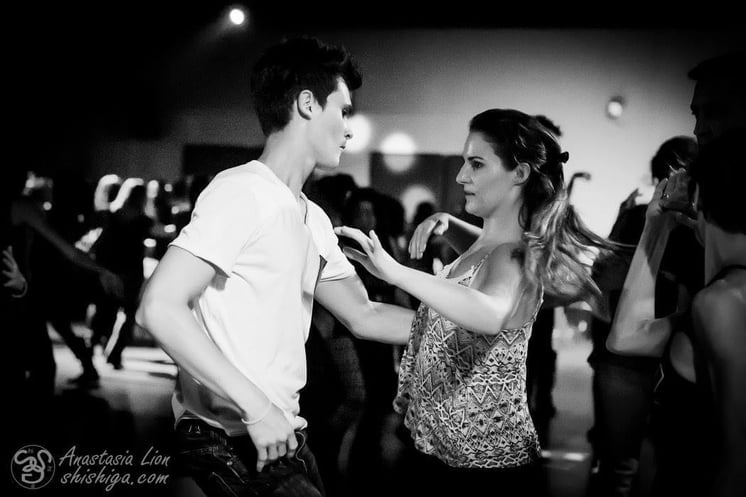


Arnaud Hubaux describes himself as a trailblazer and in many ways, he is. While working on the technical side as a Senior Product Manager, he is very much a people person. He works to get the best out of his teams, even if that is in a nontraditional manner by putting people in roles that aren’t in their job descriptions.
Hubaux has also gone out of his way to become an ally for women in tech. He has become a regular, yet unlikely, figure at Fe+male Tech Heroes events. At the first FTH conference, Hubaux was one of the only men in the room, attending for a surprising reason. (See below.) We sat down to discuss the softer side of his technical position at ASML and what his role has been to promote women within the corporate tech environment.
The Fe+male Tech Heroes community is focused on increasing diversity and inclusion in tech. We need female AND male role models to bring everyone ahead and not leave anyone behind. Did you have a female role model or any role model for that matter?
I can't say I’ve had one role model, male or female. Having a role model is overrated for me.
My role model is just pieces of everyone I meet. I learn something from every encounter – personal or professional – and I will apply it and it will make a difference. I’m curious about the differences in people and how these differences can make us both better.
You were at one of the first Fe+male Tech Heroes events although you were one of only a few men there. What made you attend?
I wanted to see what it was all about. ASML is a male-dominated environment and our customers are also highly male-dominated. During my PhD in software engineering, it was, again, almost all men. I wanted to reverse the balance and be the only guy in the room for a change.
I was impressed by all the speakers. If I had to pick a man in a similar position to give the same talk, it would have been less inspiring and less impactful. I got the feeling from sitting in the audience that all the female speakers had to fight harder to be on that stage and it showed in the confidence they were radiating.
It was eye-opening. It triggered me because you see the same thing in the workplace. If you look at women in high positions, they're extremely tough. They need to be stronger than men – not necessarily on the technical level, but with soft skills. It's almost like they need to have double the confidence of the guys to be able to make it to the same levels.
So, it made me consider how I can enable women that don't have this drive. How can I enable the person to grow, even if it is culturally not there?
What else did you take away from being one of the only guys in the room?
Just being at the event was like an awakening. It made me look at my behavior. The next time I was emailing a group of people within the company, I did something different. I was writing an email to 20 people, but only one woman. I started my message “Lady and Gents” and then the content. The woman replied to me personally to say thank you for acknowledging that she's a woman. It made her day. This was a really simple, small thing but it made a difference.
So, you went to the event to feel uncomfortable just like women feel when they are in such an extreme minority. Now, if you look around this room at ASML, you only see a few women. But 19% of ASML’s workforce is women, right?
Yes, but it depends on the sector. If we go to HR and finance, there’s a large number. If you go to engineering, depending on discipline, you’d count a small number.
There’s an openness at ASML. We welcome whoever wants to join, but still, we can only absorb whoever is coming from university and the bias starts there. When I was doing software engineering, I started with 120 people. Only three were women. Even if you hire everyone, you can be as inclusive as you want ...
The women are just not there. This separation starts even earlier though, right?
It starts very, very early. During the summer holidays, we put my son into a dance camp for a week when he was young. The first day went fine, but the second day, he came back crying. A group of girls had told him that dancing was for girls. And he was only four years old and already they're being told, “You are doing something that only the girls should be doing.”
He also went to a science camp and there was only one girl. It gets worse and worse because as you grow older, these walls become bigger and fatter. And this is where the problem is.
It’s being driven into kids – inexplicitly and explicitly – since they are young through parents, society, work, school and sports. And it's every single place.
It starts with everyone. This was an awakening for me as a leader. I had to look at myself first. You can have all the corporate programs you want – the best HR departments, trainings, everything – but if you don't look at yourself as an individual, things won't change.
How do you tackle this yourself at ASML? Are you involved in hiring?
I’m rarely involved in recruiting. I’m on the program side, so I get a team of people and I need to get them to work together and perform.
Some managers are very process-obsessed, but I’m not. I just look at the team of people and what we have to do. I care more about the profiles of the people than their roles. It's a jigsaw puzzle, looking at all the profiles in the team and how they will perform best together.
People sometimes say, “This is not my role.” But to me, I care less about the role. Do you like doing it? And if so, I think you should be doing it. Let's look at what we like doing and what we're good at doing together. Someone might be stronger at this than you, but you will be stronger at something else. This is how you make it work. And then you don't care about gender or culture skin color or religion.
Wow. It's like a human experiment every time. How do they feel about it?
Usually, they are extremely thankful, but it goes both ways. Either they stick around because they love it and don't find it elsewhere in the company, or they leave because it's not something for them.
Why do you think the female perspective is important in product development?
I don't make a difference because then you start to put people in boxes and then you start to see bigger difference.
I remember in one of my leadership classes, we were forced to look back at how we treated the best person in the team and the worst person. How do you phrase questions? How do you talk to the best person and the worst person? You don’t realize that you are putting so much bias in the relationship and then the worst person cannot get better.
That was extremely insightful for me because I realized I was doing it a lot. Now I really strive not to do it.
You will be on the panel for the Fe+male Tech Heroes Male Allies event. What do you think is most important about being a male ally for women in tech?
For me, you have to reset your perception of leadership and just take it from there. Because sometimes we think this is how it should be done and this is what it takes to be successful.
Let's just reset it, like you know nothing. If you have this person in front of you, how would you make her successful? And then that's interesting because you try to get rid of all the biases. You realize that she does it differently, but, likely, it's also getting you there in a different way. It actually may be better.
You are in a very technical role, but you’ve got this creative side to you. You dance and so you are challenging traditional thought that a person has to be either one way or the other.

Yes, I love dancing West Coast Swing. The dance is really about leading and following. The leader initiates the pattern, but the partner might move to it differently than he thought. So, you have to act upon each other’s moves and sort of play. You see someone’s personality in the way they dance and you inspire each other. If my partner is off balance, I will be off balance. We are responsible for each other's balance, which means that we're always balancing each other.
You start to dance a lot with people you don’t know. Sometimes we don’t speak the same language and we have to communicate just by being together.
I’ve applied these lessons to work. It’s all about looking at the person in front of you and paying attention to the nonverbal cues they are sending you. Dancing forced me to look for these. We also have to create a balance with those we are working with. Dancing is the best leadership lesson I ever took in my life.